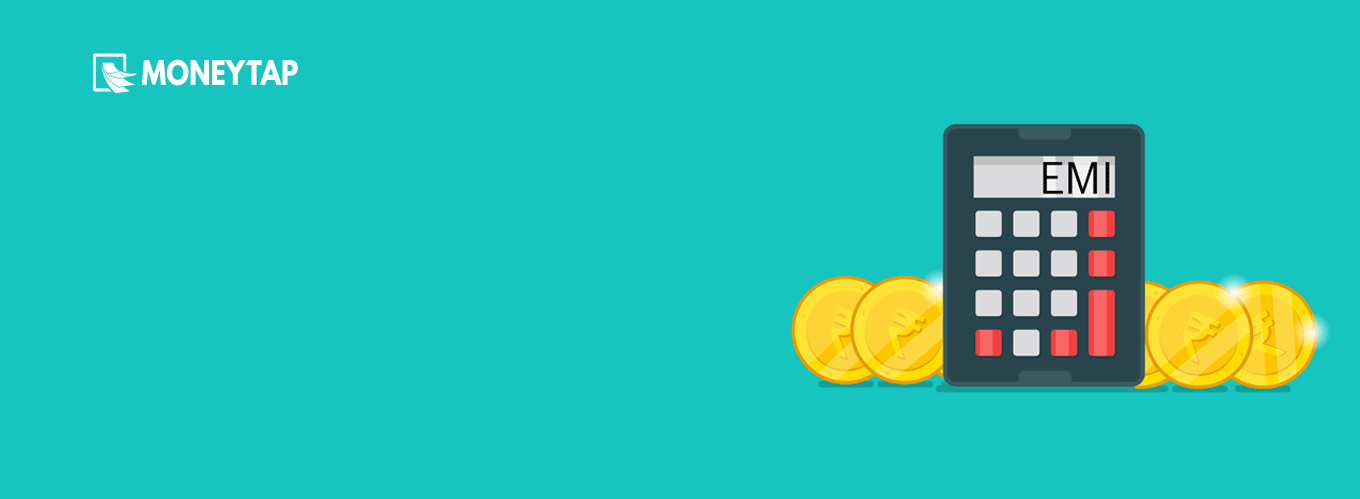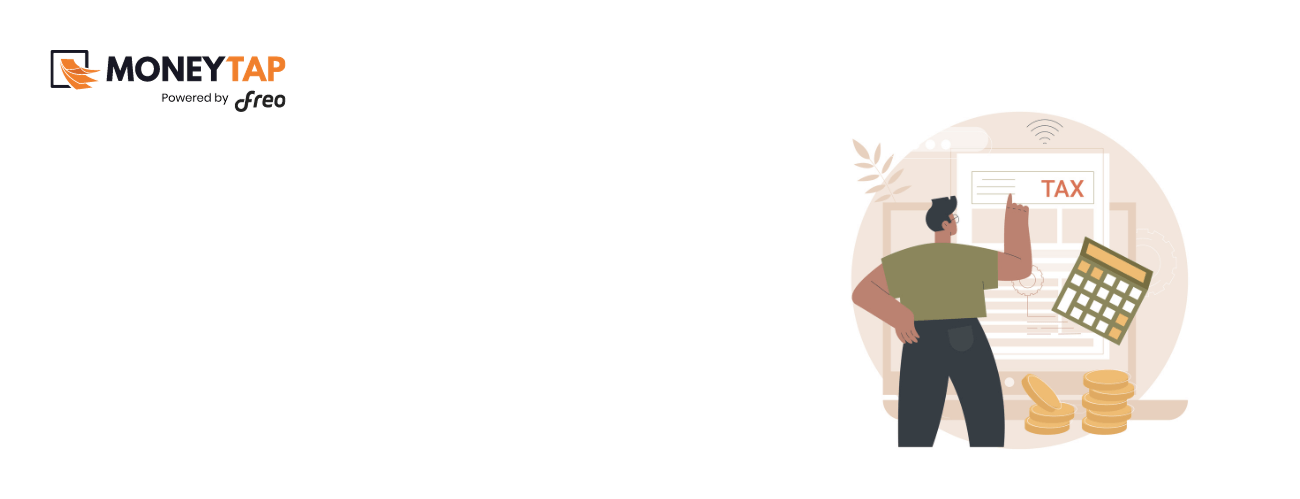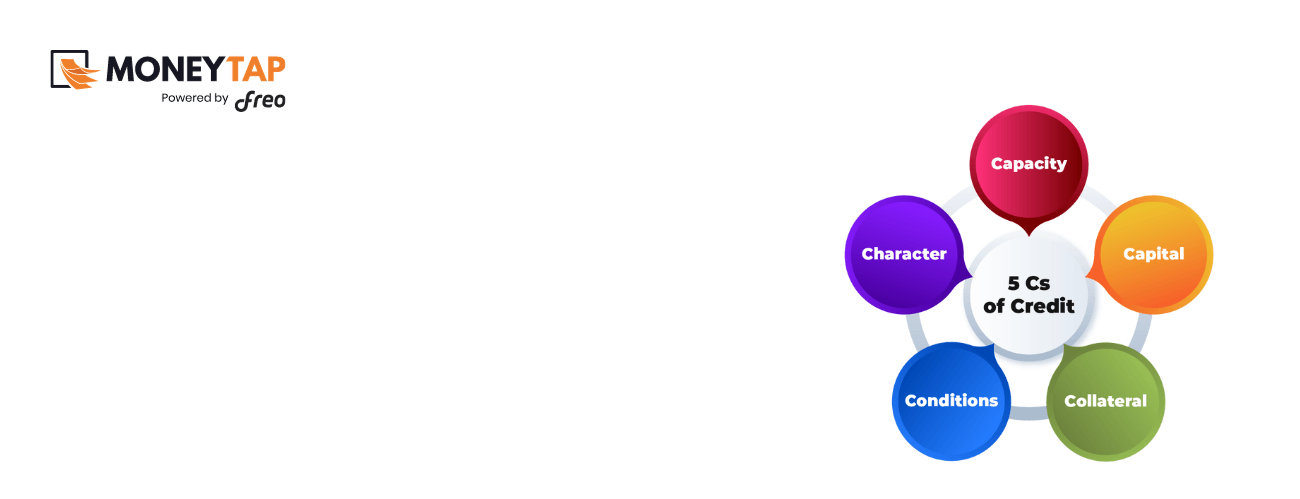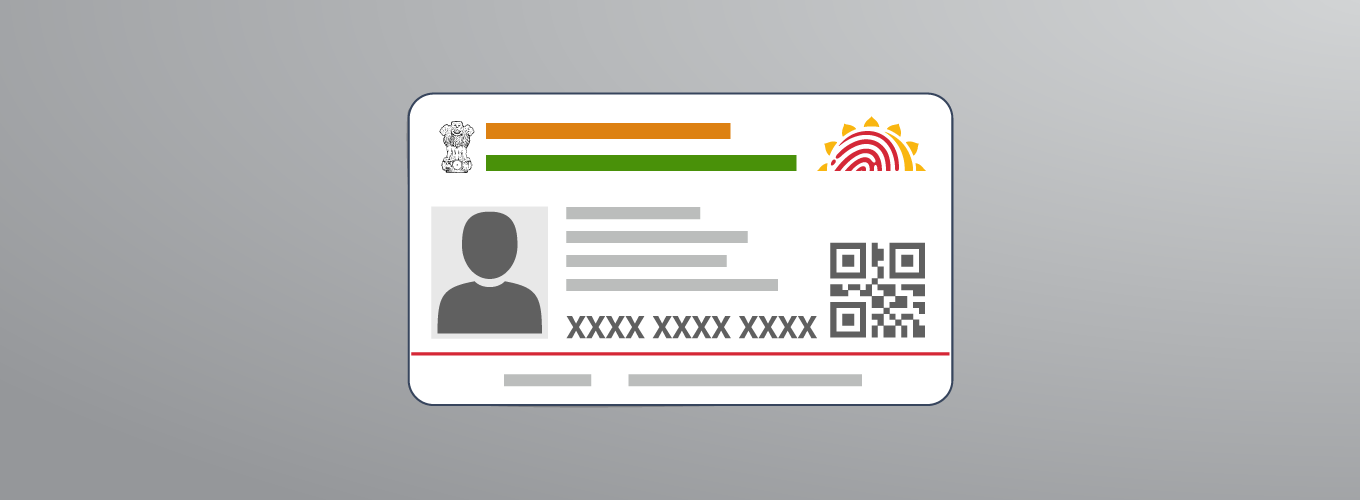Topic
- Around India with MoneyTap 1
- Consumer Durable 1
- Credit Cards 32
- Credit Score 27
- Finance 33
- General 52
- Know MoneyTap Better 26
- MoneyTap 50
- MoneyTap in Daily Life 38
- Personal Loan 86
- Shopping on EMI 4
- Wedding Loan 1
The ‘No Cost EMI’ scheme is emerging as a popular method for shoppers to buy big-ticket items that are otherwise unaffordable to them.
Flipkart first introduced nocost EMI finance scheme, which was later joined by other eCommerce sites like Amazon. This finance scheme allows buyers to purchase high-value items online through EMIs, thereby lessening the burden of paying a huge amount upfront.
The first thing that comes to our mind when we hear the phrase ‘nocost EMI’ is that it’s interest-free. But it’s not. No cost EMIs involve interest payments. In 2013, a circular released by the Reserve Bank of India (RBI) said that the concept of zero percent interest is not valid. It clearly means that banks cannot possibly offer interest-free loans. So, how do offline merchants and online retailers offer this scheme? This article answers this question and talks about everything you need to know about no cost EMI.
What is No Cost EMI?
No cost EMI is a finance scheme offered by merchants and retailers by which you pay only the product price in EMIs spread over your repayment timeline.
How Does No Cost EMI Work?
This finance scheme works in 2 ways
(a) When the discount equals interest
This is the most common way retailers offer no cost EMI. The interest amount applicable is offered as a discount on the product.
Let’s try to understand this concept with the help of an example
Assume that you want to buy a phone that costs ₹30,000. In a 3-month EMI plan, if the interest rate applied is 15%, you are entitled to pay an interest amount of ₹4,500. However, in no cost EMI scheme, you have to forego the discount and pay the original price of the smartphone in EMIs. So, what it means to you? If you pay for the phone upfront, you get the discount of ₹4500, this means you get the smartphone at a discounted price of ₹ 25,500. If you choose to buy the phone with a no cost EMI scheme, you have to pay the full price of ₹30,000, which is divided into EMIs. Part of this amount is paid to the retailer and the interest amount is paid to the financer.
(b) When the interest amount is added to the cost of the product
We’ll take another example to understand this method.
Let’s say you want to buy a product that costs ₹15,000. In a no cost EMI scheme, you get this product at ₹17,250. In this case, the interest (15%) amount of ₹2,250 is added to the product pricethat is payable in EMIs spread across a specific tenure. Sometimes, the interest component is covered as processing fees.
Benefits of No Cost EMI Offer
- This finance scheme is offered by top eCommerce sites such as Amazon and Flipkart. It doesn’t matter which bank account you hold, whether it’s a credit card or debit card, you can take advantage of this facility.
- No interest charges, additional costs, or down payments are required.
- This scheme is best during festive season, where you need to shop in bulk while keeping your budget intact.
- This facility works in case of exchange offers too.
When No Cost EMI is the Right Option?
- You want to buy an expensive or popular product that you can’t afford or it’s beyond your budget.
- You don’t have the cash to make payment upfront.
- You are getting a good deal.
- You want to build your credit history and a quick small loan helps.
How Credit Cards Work for No Cost EMI?
With no cost EMI, there are 3 stakeholders involved: You, the merchant, and the bank.
Let’s assume you choose to buy your phone with a nocost EMI scheme using your credit card. The product cost is subtracted from your credit card credit limit. With every EMI you pay each month, your credit limit is gradually restored.
Let’s take an example:
Let’s say you have a credit card with a limit of ₹2 Lakh, and you use it to buy a product that’s worth ₹72,000. After the purchase, your credit limit will instantly reduce to ₹1,28,000.
If you choose a six-month EMI of ₹12,000, through each of your payment towards your credit card, your credit limit increases by that amount. So, by the end of 6 months, your entire credit limit of₹2 Lakh gets restored.
How does zero cost EMI differ from a regular EMI scheme?
The major difference is when you choose to pay for a product through regular EMIs, your EMI amount consists of the interest component and the processing fees. And when you choose no cost EMI, you can convert the price of your product into interest-free EMIs.
Simply put, regular EMI = Amount + Interest whereas No cost EMI = Only the amount.Stories in AMP – Hello World
FAQs
How is EMI calculated in no cost EMI scheme?
In the case of no cost EMI, the EMI value is calculated using a simple formula: A/N
Where A stands for the price of the product and N stands for the number of installations of the EMI
Who bears the cost of the discount given in no cost EMI?
The merchant (the seller) bears the cost of no cost EMI.
Which payment methods can be used for no cost EMI?
No cost EMI is available on credit cards from all major banks.
Will your bank continue to charge you interest?
Yes, the customer’s bank will continue to charge interest. However, this interest amount is usually given to the customer as a discount upfront at the time of purchase.
Is GST charged over and above this amount?
Yes, banks charge GST to consumers on the interest paid over and above the amount.
How MoneyTap offers No Cost EMI in the Form of ShopOnTap?
MoneyTap has collaborated with leading eCommerce websites such as Amazon, Flipkart, etc. to introduce a new feature called ‘ShopOnTap.’ This feature allows you to buy almost anything at no cost EMI from these popular eCommerce sites. All you have to do is apply for a personal line of credit with MoneyTap and stay ready to shop on tap of a button. Download MoneyTap.











 Get it on playstore
Get it on playstore Get it on appstore
Get it on appstore